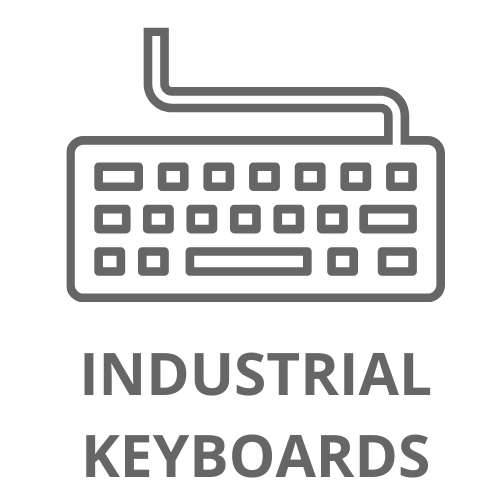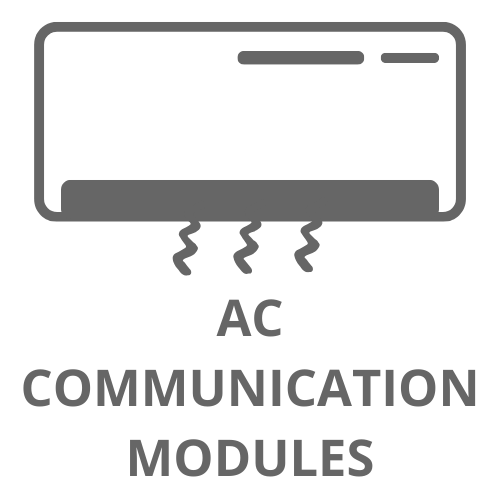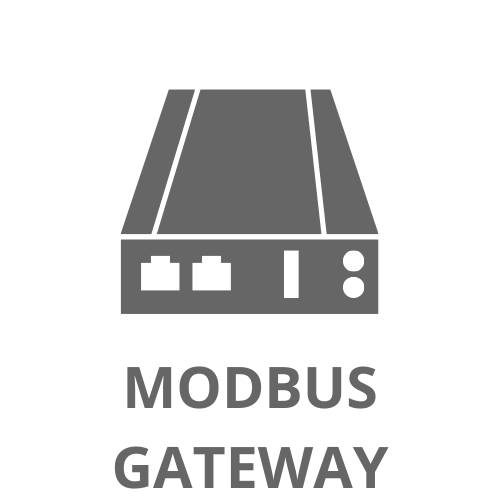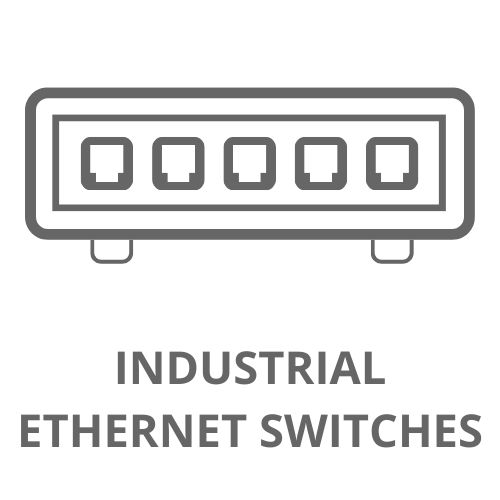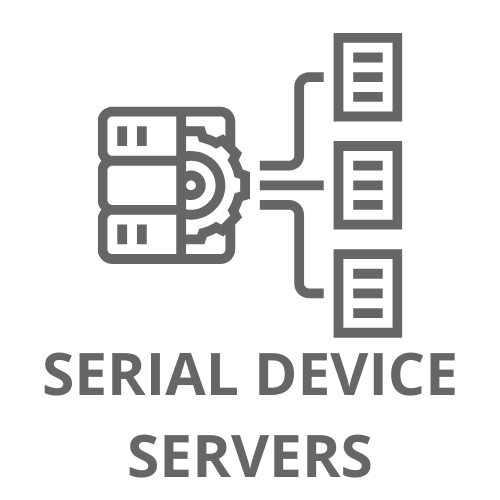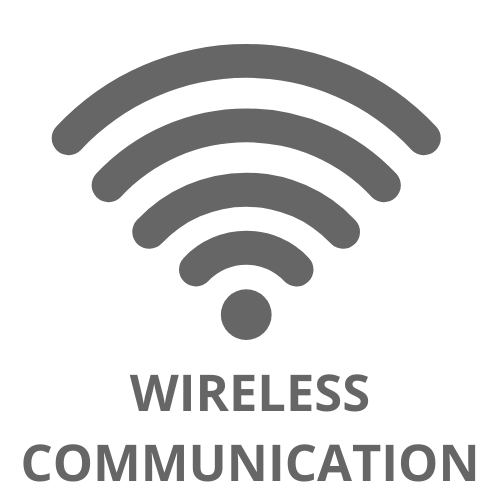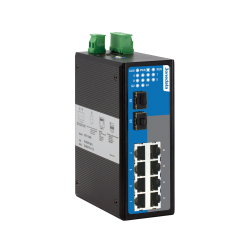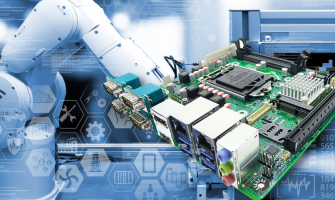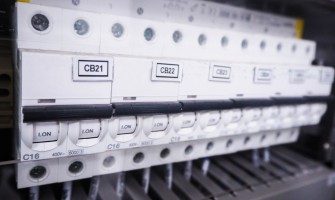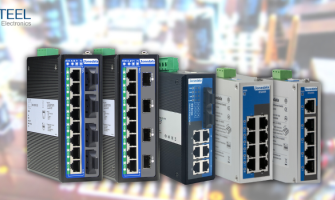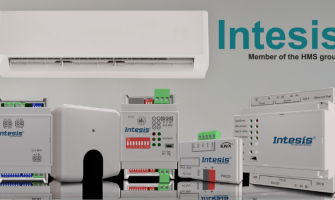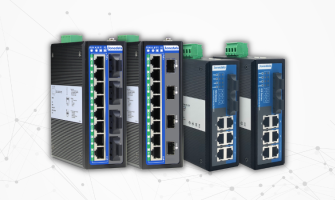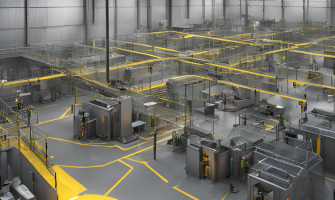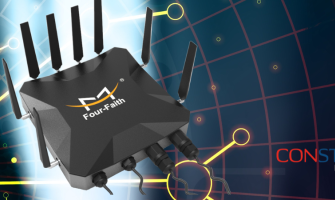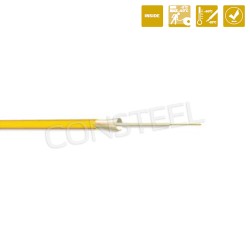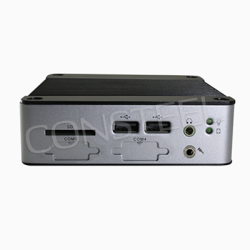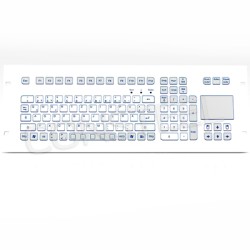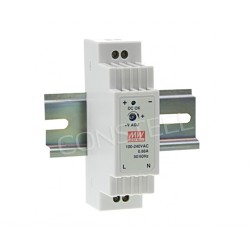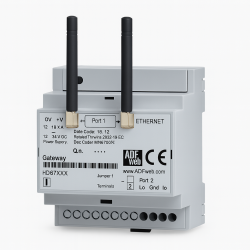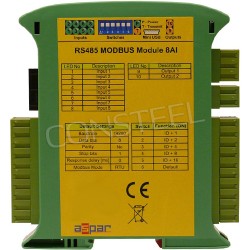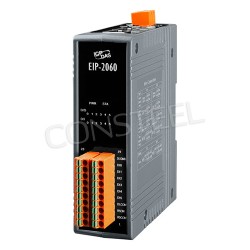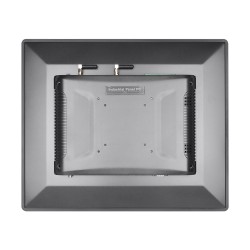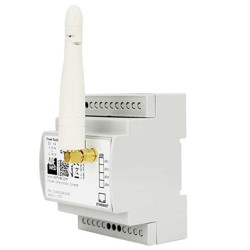Industrial fiber optic switches - a guide
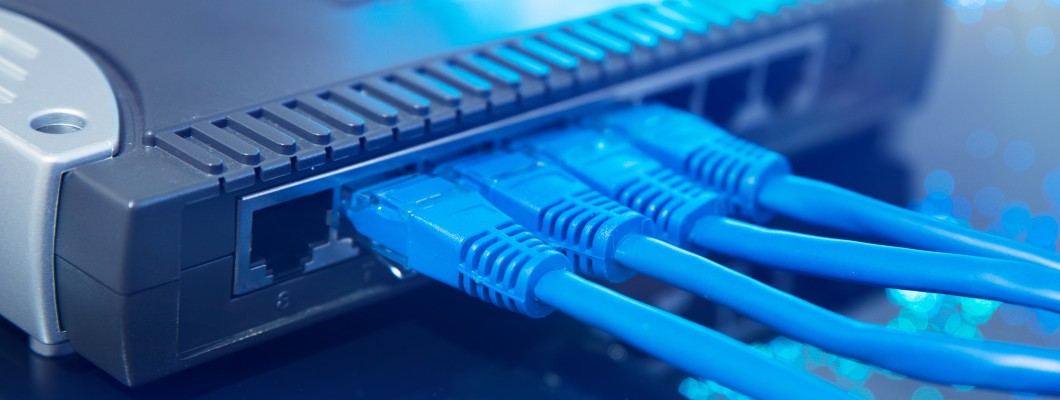
How to choose the best industrial fiber optic switch in a few simple steps?
Switch is an integral part of the network that provides connectivity between various devices, albeit such as computers, phones, cameras and the like. A Switch also facilitates the transmission of data from the source to the end location. There are different types of switches depending on the network, such as industrial Ethernet switches, industrial poe switches or industrial fiber optic switches. If a company is planning to upgrade its fiber optic network or connect it to an existing legacy network, it will need a fiber optic switch that is compatible with other devices on the network.
Learn about different fiber optic communication techniques
Simply put, industrial fiber optic switches are an essential component of interconnecting circuits that facilitate the control of communication flow between devices and select the path of fiber optic signals for data transmission in the network. The switch also acts as a common network switch, and allows for increased speed and transmission rates. Industrial fiber optic switches are used in large and complex networks in various industries. In addition to large-scale entrepreneurs, most small and medium-sized companies also need good-quality switches with both copper and fiber ports.
Fiber-optic transmission is a process in which the transmission of fiber-optic signals or their pulses from the source to the destination is carried out using industrial fiber-optic switches. This activity takes place at Layer 2 or the data link layer of the network model. Fiber optic signals with huge bit rates are switched between fiber optic lines. There are three switching techniques, and knowing them will give you a better understanding of switches.
Switching optical circuits:
Data packets must be converted from optical to electrical form because packet headers cannot be read and interpreted in optical form. In a traditional data transfer system, the buffering of the new data flow is done at the input. In fact, the data flow from input to output must be direct and without buffering. Active packets, on the other hand, are sent as soon as they arrive. This is a mostly static technique in which there is a dedicated wavelength for each path from source to end. The data packets remain in optical form until they reach their destination.
Optical packet switching:
This technique is still developing, but provides high throughput and flexibility. The technique provides more accurate data analysis than switching in pulses. However, there are some challenges that need to be solved before the technique can be fully developed and implemented for industrial use. The primary goal is to directly transmit IP packets over fiber.
Optical pulse switching:
Optical pulse switching technology is between circuit and packet switching. It allows dynamic switching of data in sub-waves. It combines packets with similar characteristics or features and offers tremendous throughput.
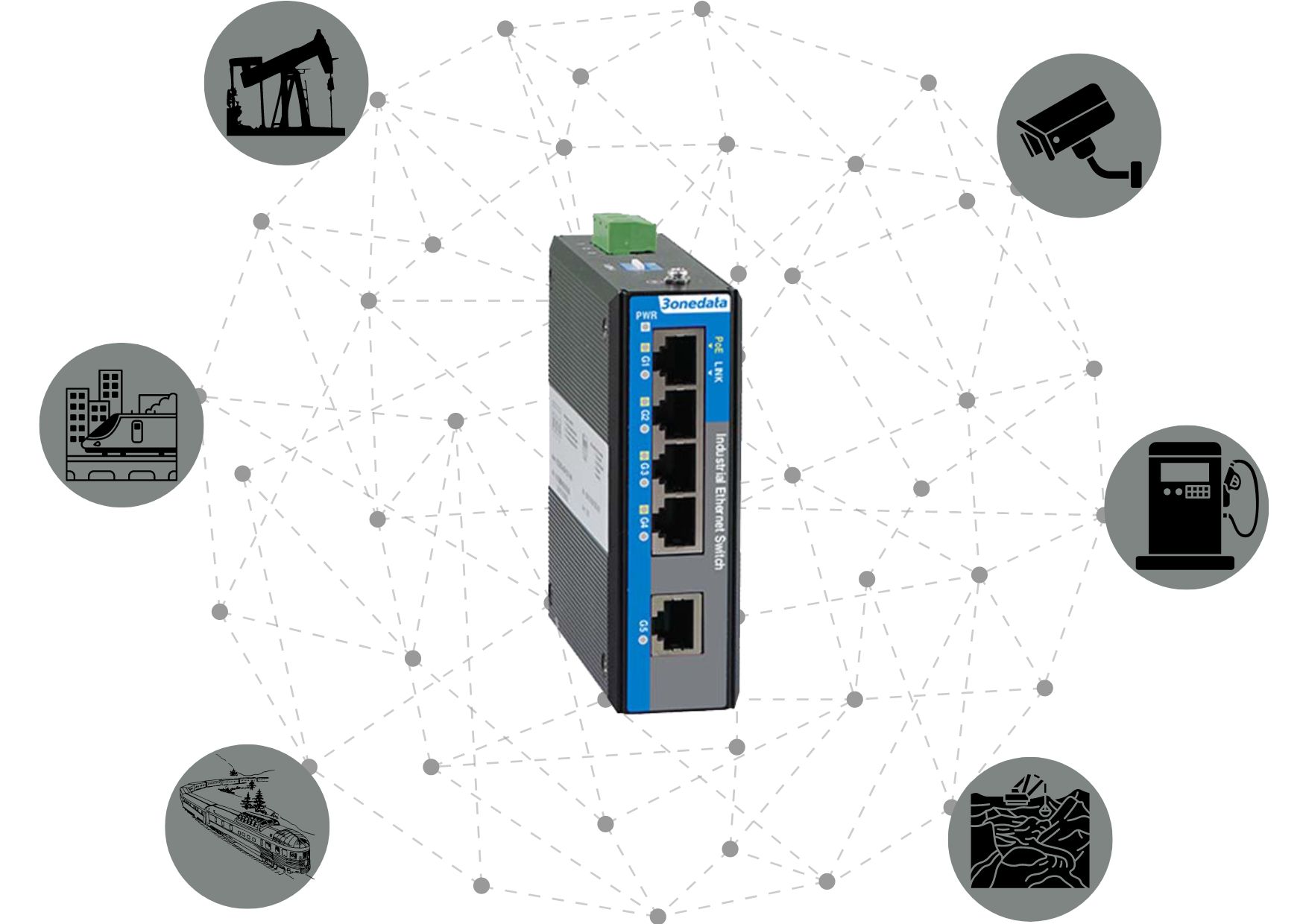
Factors to consider when buying fiber optic switches
Even after writing down and researching all the requirements and specifications for switches on the market, there will be switches with different specifications and configurations. Choosing the right device can be difficult, and you will need to consider a number of different factors when buying the right switch.
Types of switches:
Generally speaking, there are two types of industrial switches - managed and unmanaged. Managed switches are intelligent switches that do not require human intervention during operation. However, they do require technically proficient employees. Unmanaged switches can be manually programmed and controlled, and are easier to use. They can meet various industrial requirements, such as being able to provide high-speed transmission of voice and video files. So the switch you choose will depend on your application requirements, budget and technically savvy team.
Speed:
High connection speed is quite an important aspect given the global expansion and increasing industrial demands. So you should consider the data transmission speed that your network requires. With a good fiber-optic switch and other modern network equipment, speeds of up to 1,000 Mbps can be achieved, while most enterprises don't even require that much. In this case, you can extend the connectivity between the Gigabit Ethernet switch and the connected device by several kilometers using copper cable. In the case of fiber-optic switches, transmission range of up to 100 kilometers can be achieved.
Number of ports:
Ports are basically the physical connectors on the switch. The number of ports varies from four to as many as sixty, depending on the model, some of which are suitable for SFP or SFP+ modules, while others are designed for regular RJ45 connectors connected to copper cables. Small Form Factor Pluggable modules are designed for fiber optic connectors. When looking for a larger number of ports, make sure they are suitable for both types of networks. More ports make it easier to connect multiple devices and leave room for future expansion. This makes the network more flexible.
Scalability:
This is an important factor for any company, as it needs to create space with future plans in mind. To make the network scalable, it is important to choose a industrial fiber optic switch that is compatible and provides connectivity between multiple devices, such as printers, cameras, computers, smartphones and others. The scalable network simplifies the expansion process and saves costs and time.
Compatibility:
To facilitate seamless and accurate data transmission via switches, check compatibility with other devices on the network. Most industrial fiber optic switches, Gigabit Ethernet switches, 10/100/100 modular switches are designed for compatibility with digital and analog devices. However, checking compatibility and interoperability is quite important, because without it the switch would not function properly.
PoE:
If your network is operating in a remote area, difficult terrain or in a location with power and connectivity problems, a PoE industrial switch is strongly recommended. Some switches have PoE ports that prevent the need for additional power and cabling. This definitely saves costs and offers continuous power to the network.
Shape factor:
Switches are available in various sizes. For small businesses in compact offices, you can opt for a desk switch that is small and operates quietly. For large-scale operations, in a data center, server room, etc., a switch should be mounted in a cabinet.
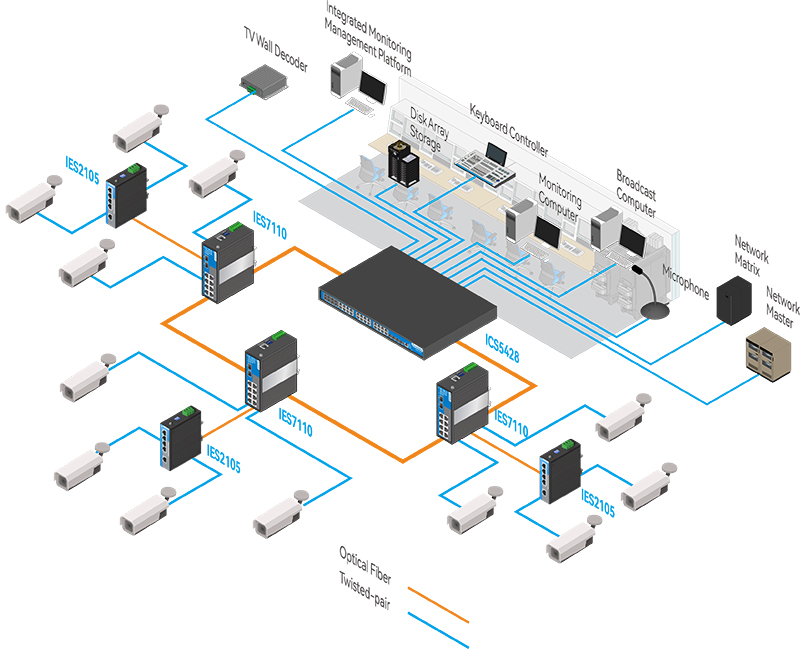
Benefits of industrial fiber optic switches:
Fiber optic switches offer a number of benefits for industrial networks. Here are some of them:
Industrial fiber optic switches are much more efficient in terms of data transfer rates than most other previous switches. It should also be noted that fiber-optic networks do not have to deal with noise and EMI, which increases speed and reduces interference.
Most copper cable networks experience congestion or traffic problems. industrial fiber optic switches eliminate congestion by transmitting signals as they occur.
Fiber optic switches support existing QoS layers and make optimal use of the network, especially for packet switching technology.
Perfectly suited for high traffic and complex networks.
They offer switching protection. In the event of failure of one source, the industrial switch redirects the signal to another link.
Save space in the room, as well as power consumption.



